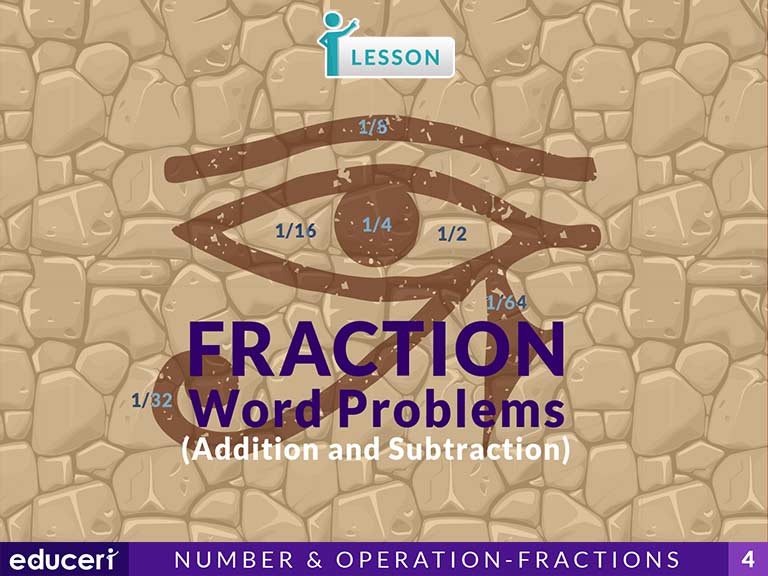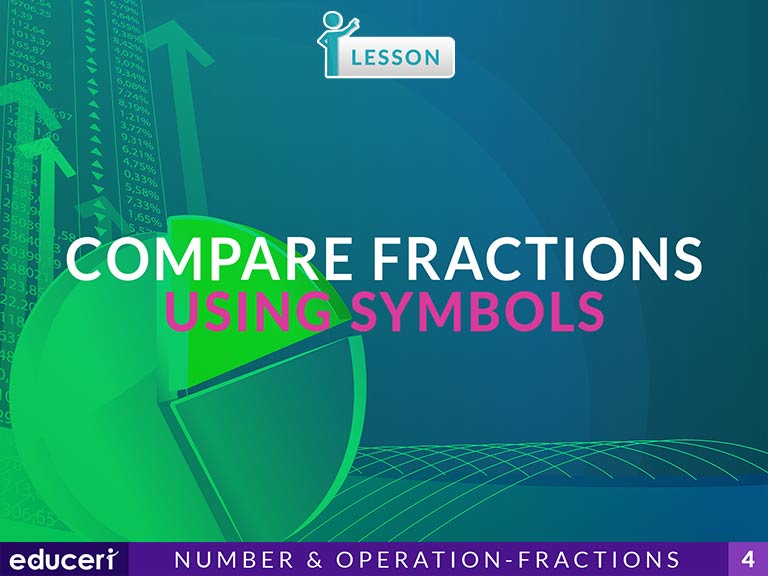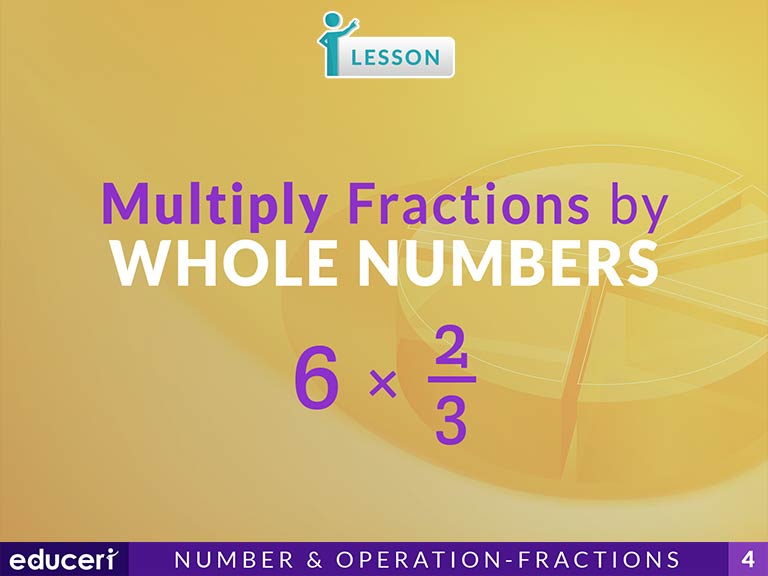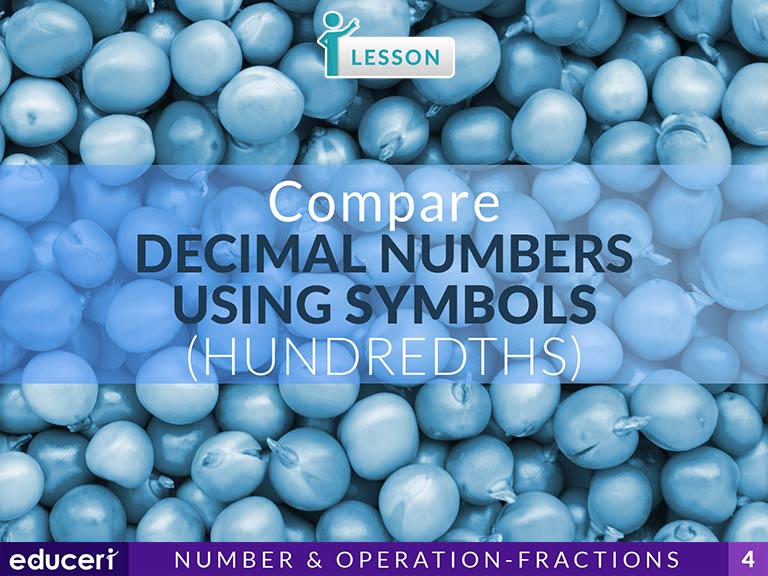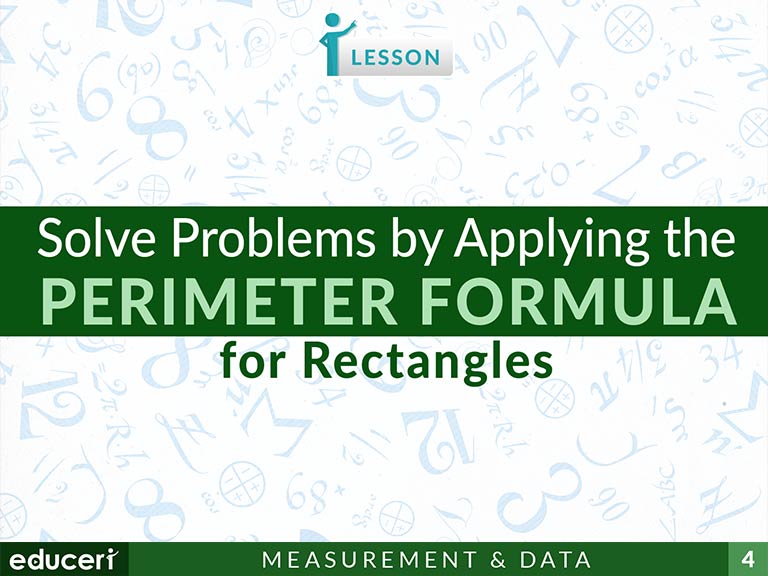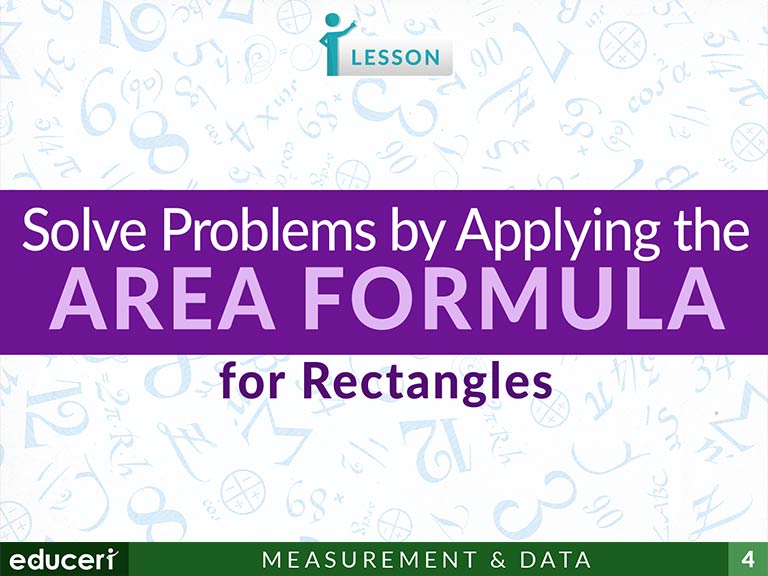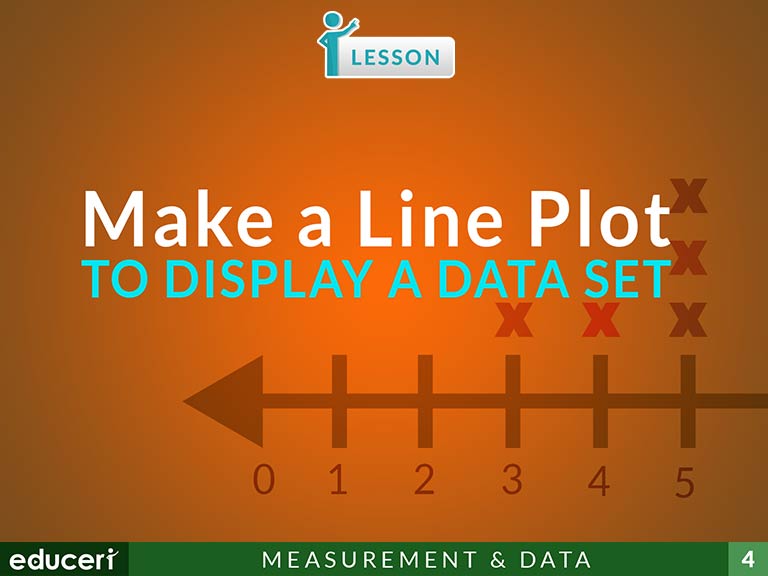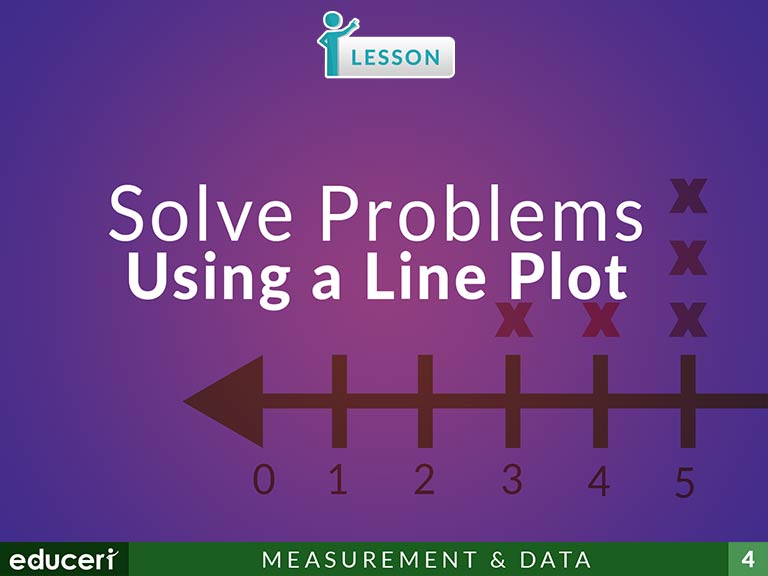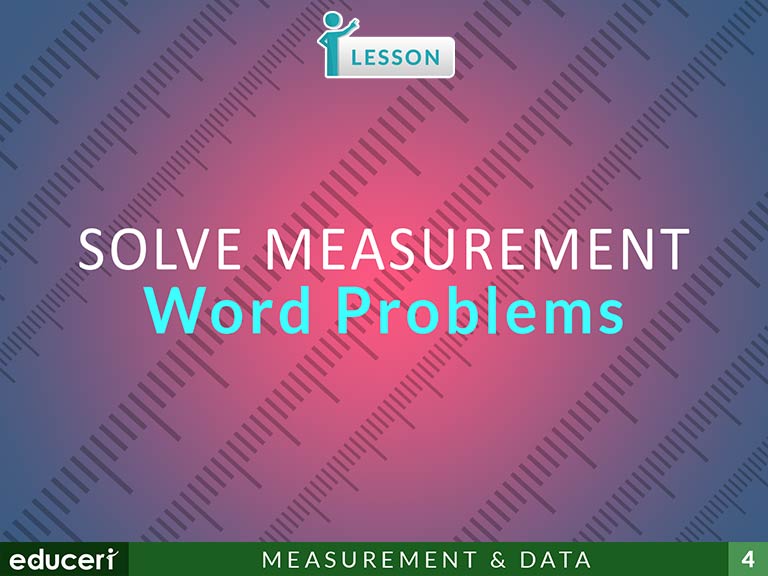All Lessons
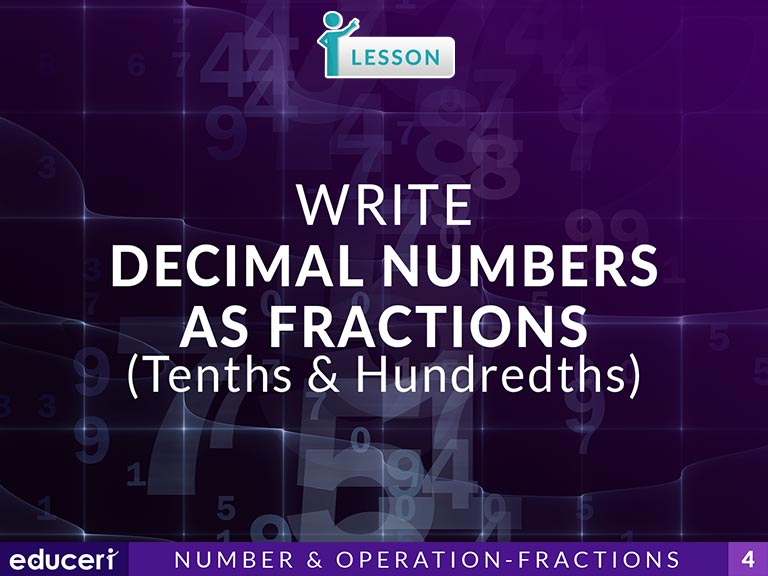
Write Decimal Numbers as Fractions (Tenths & Hundredths)
This number sense lesson focuses on writing decimal numbers as fractions. The lesson includes research-based strategies and questions that help prepare students for assessments. In this lesson, students identify the digit in the lowest place value and read the decimal number aloud. Then, they write the decimal number as a fraction and interpret the decimal number and the fraction. In addition to the lesson, there are four pages of Independent Practice and review with questions modeled after current adaptive testing items.
Share This Lesson
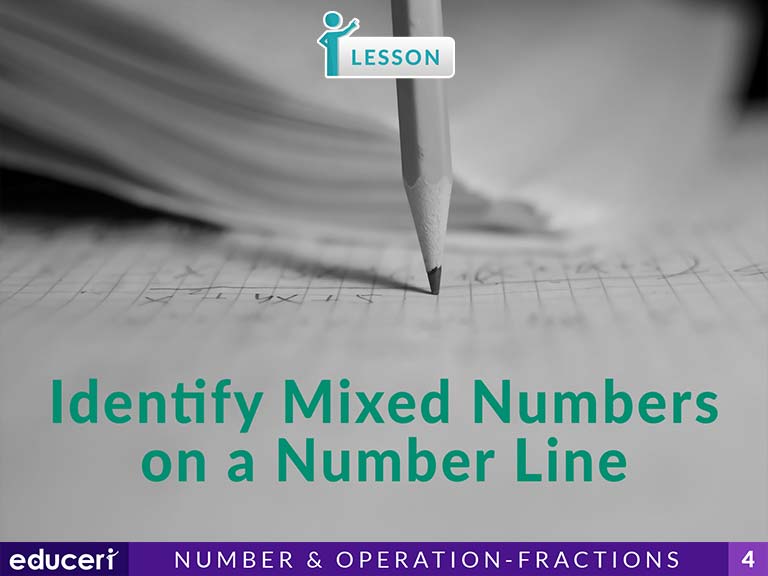
Identify Mixed Numbers on a Number Line
This number sense lesson focuses on identifying mixed numbers on a number line. The lesson includes research-based strategies and questions that help prepare students for assessments. In this lesson, students identify the mixed numbers on the number line and determine which two whole numbers the mixed number is between on the number line, and identify the fraction of the mixed number between the two whole numbers. Finally, students interpret their results. In addition to the lesson, there are four pages of Independent Practice and review with questions modeled after current adaptive testing items.
Share This Lesson
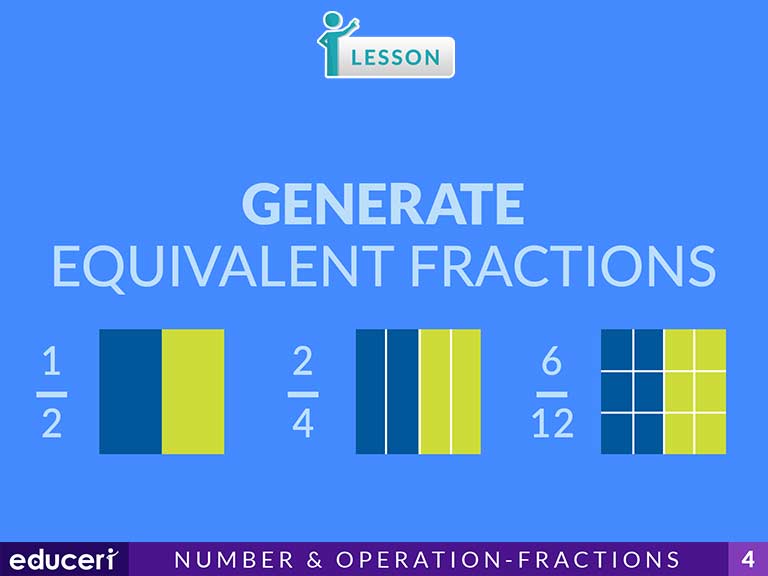
Generate Equivalent Fractions
This number and operations--fractions lesson teaches students how to generate equivalent fractions. The lesson includes research-based strategies and strategic questions that prepare students for assessments. In this lesson, students will create equivalent fractions. This lesson focuses on changing a fraction to another. Students are provided a variety of strategies and support to visualize the equivalence. Real-world examples are also provided.
Share This Lesson
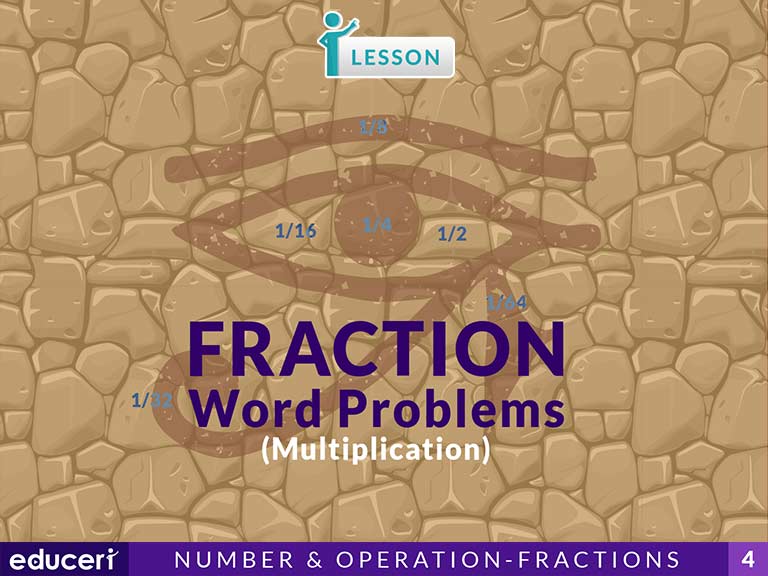
Fraction Word Problems: Multiplication
Solve word problems involving multiplication of a fraction by a whole number, e.g., by using visual fraction models and equations to represent the problem. For example, if each person at a party will eat 3/8 of a pound of roast beef, and there will be 5 people at the party, how many pounds of roast beef will be needed? Between what two whole numbers does your answer lie?
Share This Lesson

Add Fractions with Denominators 10 & 100
Express a fraction with denominator 10 as an equivalent fraction with denominator 100, and use this technique to add two fractions with respective denominators 10 and 100.* For example, express 3/10 as 30/100, and add 3/10 + 4/100 = 34/100.
Share This Lesson
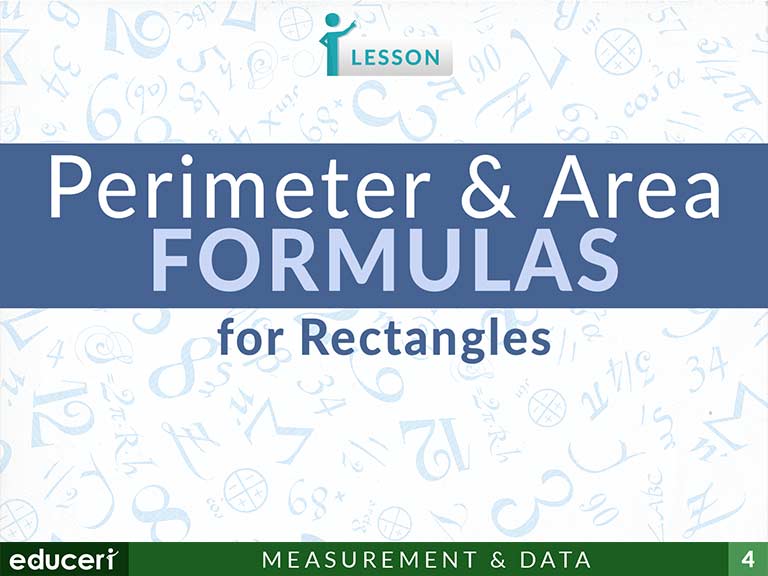
Perimeter & Area Formulas
This measurement and data lesson requires students to solve problems by applying the area and perimeter formulas for rectangles. The lesson includes research-based strategies and strategic questions that prepare students for assessments. In this lesson, students are taught the formulas for area and perimeter and then are given word problems and diagrams and asked to find the perimeter and/or area. Students are also required to read a word problem and determine whether they need to solve for area or perimeter based on the given information.
Share This Lesson
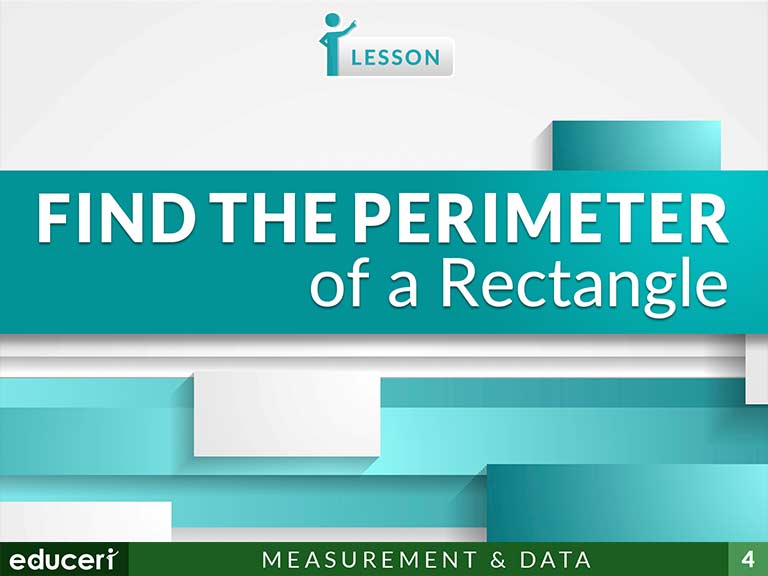
Find the Perimeter of a Rectangle
This measurement and geometry lesson focuses on finding the perimeter of a rectangle. The lesson includes research-based strategies and strategic questions that prepare students for assessments. In this lesson, students read the problem to find the rectangle's length and width. Then, they substitute the rectangle's length and width into the perimeter formula and compute the perimeter. Finally, they label the answer with the correct unit of measurement. In addition to the lesson, there are four pages of Independent Practice and review with questions modeled after current adaptive testing items.
Share This Lesson

Use a Property of Quadrilaterals to Solve for Unknown Angles
This measurement and geometry lesson focuses on using a property of quadrilaterals to solve for unknown angles. The lesson includes research-based strategies and strategic questions that prepare students for assessments. In this lesson, students list the given angle measurements, then solve for the unknown angle by adding the given angle measurements and subtracting the sum from 360 degrees. Finally, they interpret the measurement of the angle. In addition to the lesson, there are five pages of Independent Practice and review with questions modeled after current adaptive testing items.
Share This Lesson

Use a Property of Triangles to Solve for Unknown Angles
This measurement and geometry lesson focuses on using a property of triangles to solve for unknown angles. The lesson includes research-based strategies and strategic questions that prepare students for assessments. In this lesson, students list the given angle measurements, then solve for the unknown angle by adding the given angle measurements and subtracting the sum from 180 degrees. Finally, they interpret the measurement of the angle. In addition to the lesson, there are four pages of Independent Practice and review with questions modeled after current adaptive testing items.
Share This Lesson

Classify Triangles by Their Attributes
This measurement and geometry lesson focuses on classifying triangles by their attributes. The lesson includes research-based strategies and questions that help prepare students for assessments. In this lesson, students identify equal sides on a triangle and classify the triangle by its sides. In addition to the lesson, there are triangle flashcards and four pages of Independent Practice and Periodic Reviews with questions modeled after current adaptive testing items.
Share This Lesson
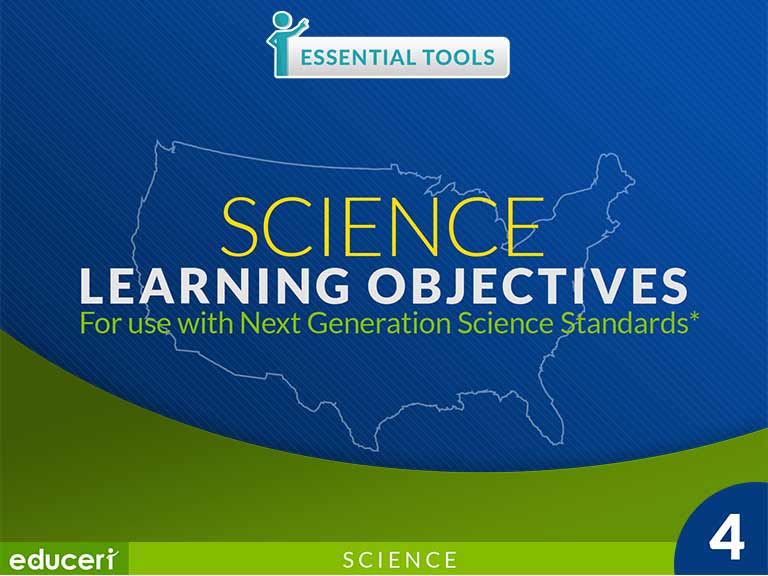
4th Grade Next Generation Science Standards Learning Objectives & Essential Tools
Standards are often confused with being Learning Objectives. Standards are the content and skills students need to know by the end of a school year. Learning Objectives are the content and skills students need to know by the end of a lesson. Our Next Generation Science Standards Learning Objectives & Essential Tools guides display teachable Learning Objectives alongside the standards for easy reference. Here on Educeri, the guide also links to relevant lessons right here on the site, making finding a lesson easy. As we add more lessons, we will be updating this guide, so check back regularly.
